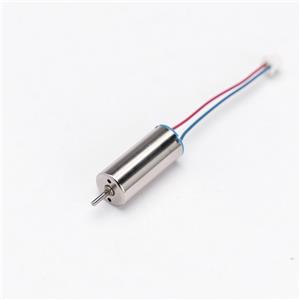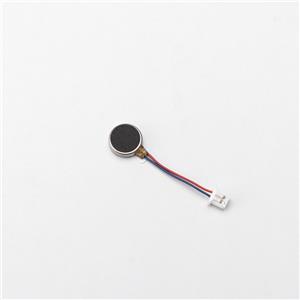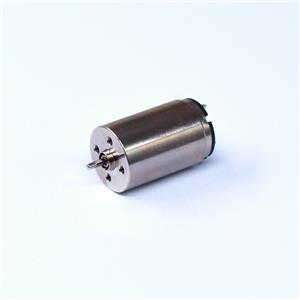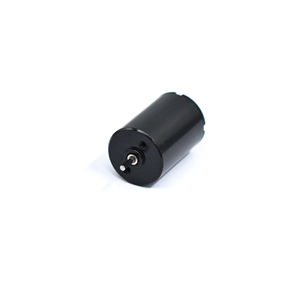How Does a DC Motor Work? Key Insights Explained
How Does a DC Motor Work? Understanding DC Electric Motors
DC motors are one of the most widely used types of electric motors, primarily because they are simple to use and versatile. From small toys to large industrial applications, DC motors play a vital role in driving machines and powering devices. In this article, we will explore how DC motors work, the different types available, how they are controlled, and how to select the right one for your needs.
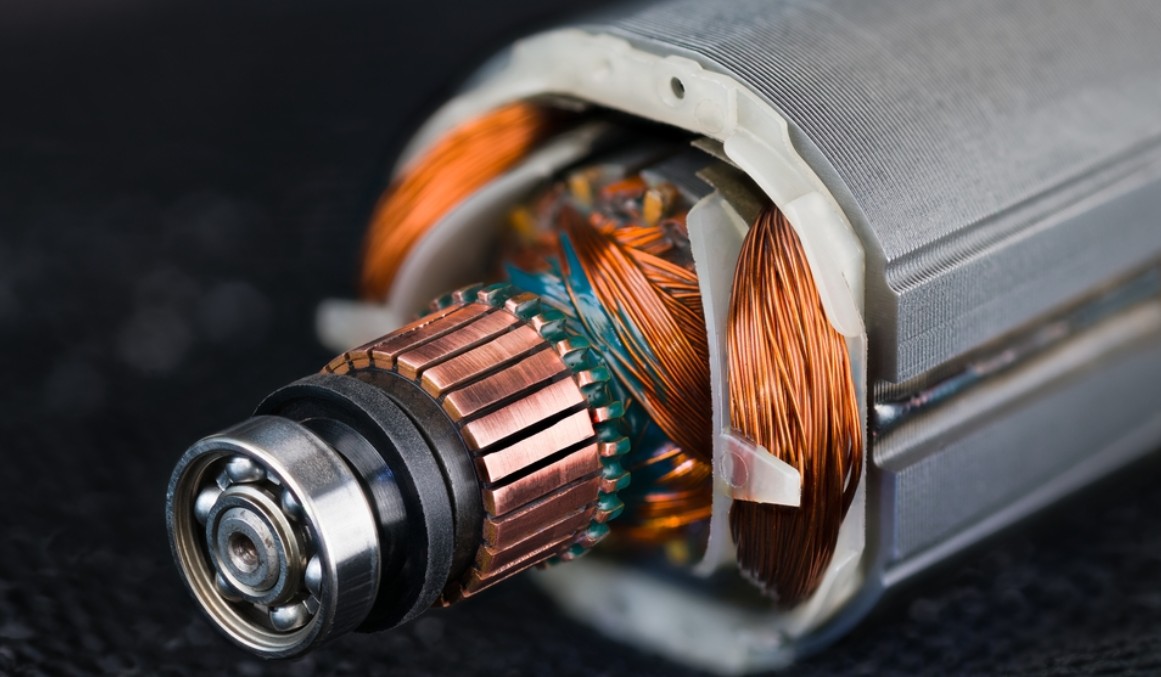
DC Motor Operating Principles
The basic principle behind a DC motor is simple: it converts electrical energy into mechanical motion through the interaction of a magnetic field and a current-carrying conductor. The main components of a DC motor include the stator, rotor (armature), commutator, and brushes. Here's how it works:
Magnetic Field Interaction: A DC motor has a magnetic field created by either permanent magnets or electromagnets in the stator. The rotor (the rotating part of the motor) is placed within this magnetic field.
Current Flow: When an electric current flows through the rotor windings, it generates its own magnetic field that interacts with the stator’s magnetic field. According to the law of electromagnetism, opposite poles attract and like poles repel. This interaction causes the rotor to rotate.
Commutator: The commutator is a critical component in DC motors that ensures the direction of the current flowing through the rotor windings changes every half turn. This keeps the rotor rotating in one direction.
Brushes: Brushes are conductive materials (usually carbon) that maintain electrical contact with the commutator as it rotates. They provide the necessary current to the rotor windings.
This continuous process of generating torque from the interaction of magnetic fields enables the motor to rotate and perform mechanical work.
Types of DC Motors
There are several different types of DC motors, each with specific advantages and applications. They can be broadly categorized into Permanent Magnet DC Motors and Winding-Field DC Motors. Let's explore each type in detail.
Permanent Magnet DC Motors
Permanent Magnet DC Motors (PMDC) are the most common type of DC motor and are known for their simplicity and efficiency. As the name suggests, these motors use permanent magnets in the stator to create the magnetic field. There are two main subtypes of permanent magnet DC motors: Brushless DC Motors and Brushed Permanent-Magnet DC Motors.
Brushless DC Motors
Brushless DC motors, or BLDC motors, eliminate the need for brushes and a commutator by using electronic controllers to switch the current in the rotor windings. These motors use permanent magnets in the stator, and sensors detect the rotor position to adjust the current flow. As a result, brushless motors are more efficient, have a longer lifespan, and require less maintenance than brushed motors.
Applications: Brushless DC motors are commonly used in high-precision applications like computer fans, drones, and electric vehicles. They are ideal for environments where reduced maintenance and high efficiency are crucial.
Brushed Permanent-Magnet DC Motors
Brushed PMDC motors are simpler and cheaper compared to brushless motors. They use permanent magnets in the stator and a commutator to reverse the current flow. Brushes provide a physical connection between the rotating commutator and the external power supply. These motors are reliable and widely used in low-cost applications, though they tend to require more maintenance due to the wear and tear of the brushes.
Applications: Brushed PMDC motors are found in toys, home appliances, and small machines that require cost-effective solutions for rotational motion.
Winding-Field DC Motors
Winding-field DC motors use electromagnets (field windings) in the stator instead of permanent magnets. These motors are more flexible than permanent magnet types because the magnetic field strength can be controlled by adjusting the current through the field windings. Winding-field DC motors come in three primary types: Series DC Motors, Shunt DC Motors, and Compound DC Motors.
Series DC Motors
In series DC motors, the field winding is connected in series with the armature winding, meaning the same current flows through both the field winding and the armature. As a result, the motor's speed is dependent on the load; it will speed up under light load and slow down under heavy load. Series motors provide high starting torque, making them ideal for applications like electric trains and cranes, where high torque is needed to get the load moving.
Applications: Series DC motors are often used in applications requiring high torque, such as winches, electric lifts, and starter motors in vehicles.
Shunt DC Motors
Shunt DC motors have their field windings connected in parallel (shunt) with the armature winding. This design allows the field winding to maintain a relatively constant current, making the motor speed more stable regardless of the load. Shunt DC motors are known for their ability to maintain a steady speed over a wide range of loads.
Applications: Shunt motors are commonly used in applications where speed control is important, such as lathes, conveyor belts, and fans.
Compound DC Motors
Compound DC motors combine the features of both series and shunt motors. They have two sets of field windings: one connected in series and the other in parallel with the armature. This combination allows compound motors to provide both high starting torque and stable speed regulation under varying loads. They are versatile and widely used in industries that require both high torque and consistent speed.
Applications: Compound motors are typically used in applications like elevators, rolling mills, and machine tools.
DC Motor Controls
The performance and functionality of a DC motor can be controlled using various methods. Some of the most common types of DC motor control are:
Speed Control: The speed of a DC motor can be adjusted by changing the voltage or current supplied to the motor. In a PMDC motor, speed is controlled by adjusting the supply voltage. In a winding-field motor, speed can be controlled by adjusting the current in the field winding.
Direction Control: The direction of a DC motor can be reversed by changing the polarity of the voltage applied to the motor. This is often achieved by using a switch or a relay to reverse the current direction.
Torque Control: Torque can be adjusted by controlling the current flowing through the motor. Higher current leads to higher torque.
Electronic Controllers: Advanced electronic controllers are used to manage motor functions such as speed, direction, and torque. These controllers use sensors to provide feedback and optimize motor performance for specific tasks.
Selecting a DC Motor
When selecting a DC motor for your application, consider the following factors:
Power Requirements: Determine how much power your system needs. Larger motors are required for applications requiring high torque or power, such as industrial machines.
Speed Control: If precise speed control is important, look for motors with adjustable speed functionality, such as shunt or compound DC motors.
Environment: Consider the operating environment of the motor. For example, motors used in harsh environments may need additional protection against dust or moisture.
Efficiency: Brushless DC motors tend to be more efficient than brushed motors, which can reduce energy consumption and maintenance costs.
Cost: Budget constraints will influence your choice. Brushless motors tend to be more expensive, while brushed motors and permanent magnet motors may offer a more affordable solution for simpler applications.

Summary
DC motors are incredibly versatile and widely used in a variety of industries, from robotics to automotive and manufacturing. Understanding the different types of DC motors, their operating principles, and the factors to consider when selecting a motor will help you make an informed decision for your application. Whether you need high torque, efficient speed control, or durable performance, there is a DC motor suited for your needs. By taking into account the characteristics of each motor type, you can ensure optimal performance and efficiency in your systems.

